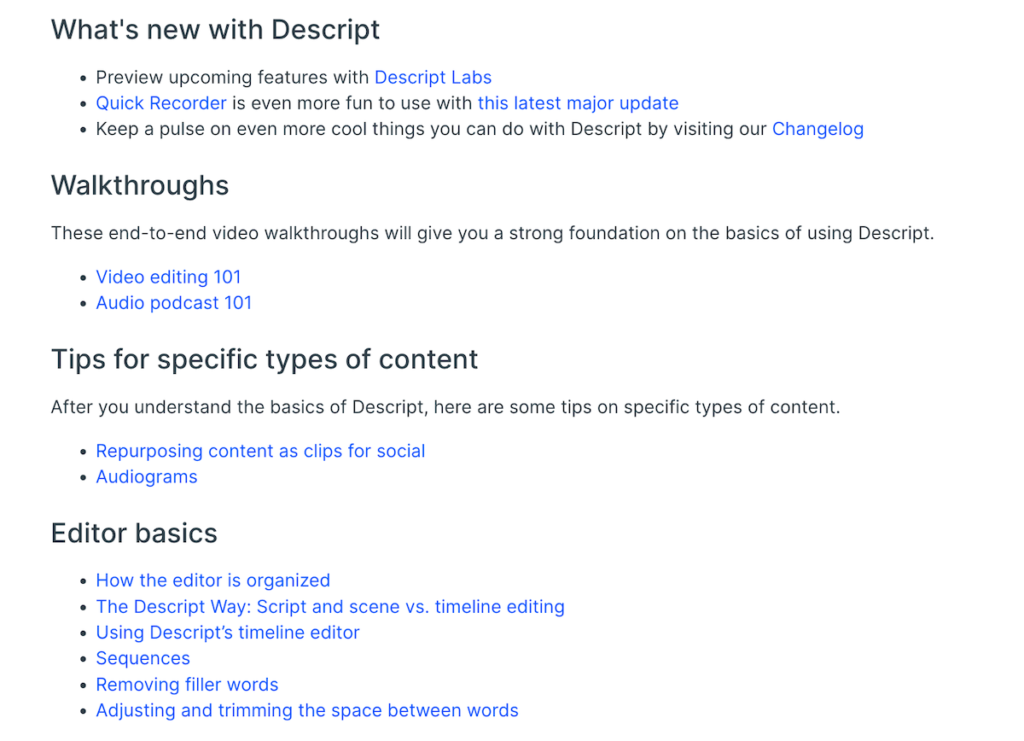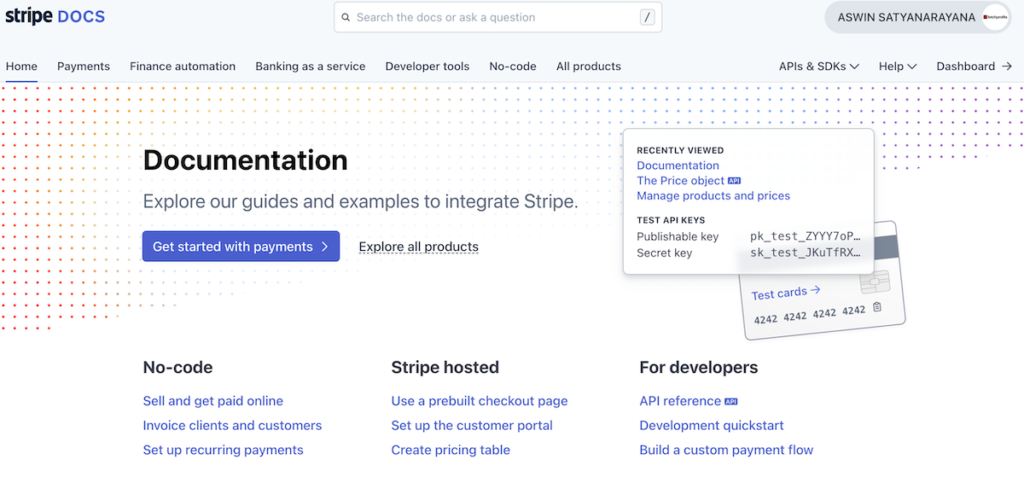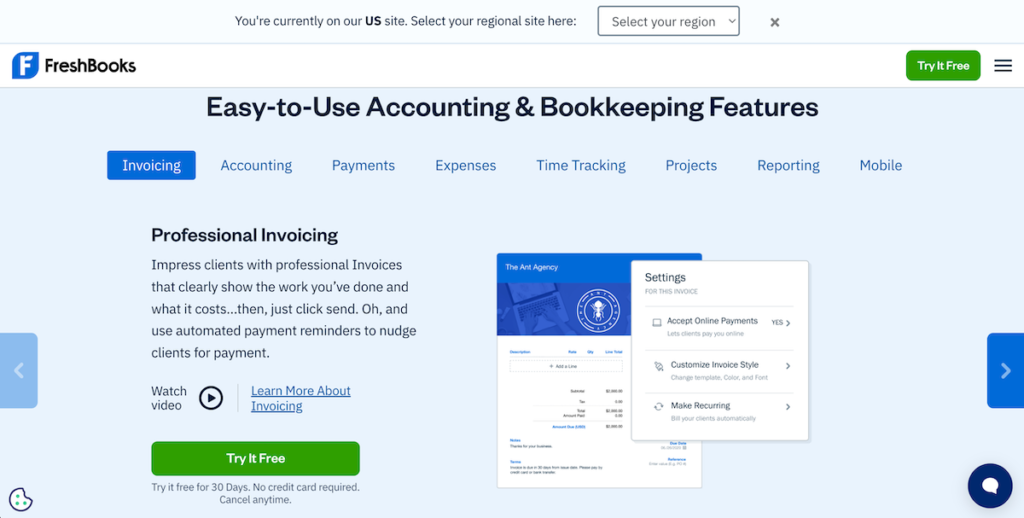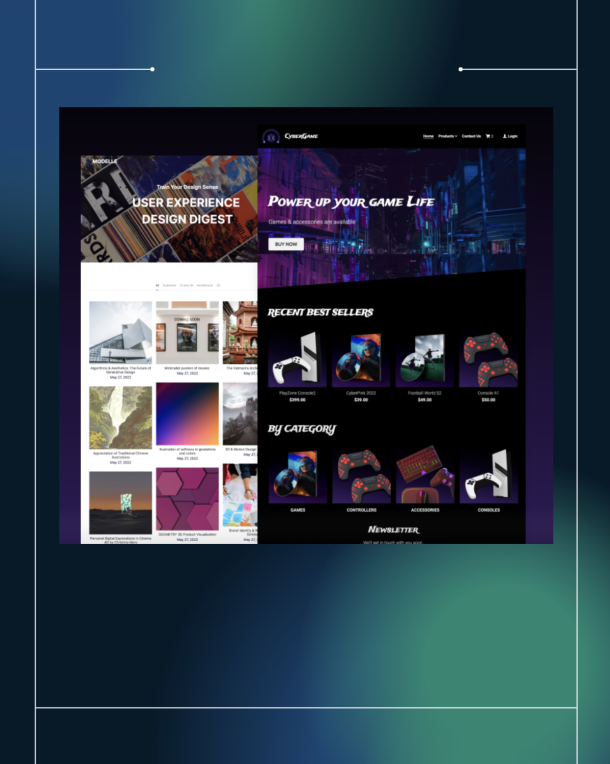B2B SaaS marketing has a long way to go before it catches up to the panache and intensity of B2C content marketing.
That’s an opportunity for B2B SaaS brands in many ways since you have a leg up and more opportunities to shine through.
For instance, taking B2B content marketing aspect for SaaS products, some of the biggest challenges with B2B content marketing, thanks to research from CMI (Content Marketing Institute) is trying to:
— Create content along pathways that align with typical B2B buyer journeys (61%)
— Aligning and distributing content for sustained efforts to bridge the gap between sales and marketing teams (50%).
— Developing consistency when it comes to measuring ROI, KPIs, and to determine how content marketing efforts lead to sustainable results over time (43%).
Content marketing is one channel. SEO is another channel. Social media is another one.
There are others. Getting featuring on ProductHunt or making it to the top of PH is a great short term strategy.
What happens after the happy times are over? What will you do when the drama subsides? You need a long-term and sustainable B2B SaaS marketing plan for that.
Why Do B2B SaaS Businesses Need a B2B SaaS Marketing Plan?
B2B SaaS founders are special. Agreed.
They, however, tend to fall in love with the products they build. For the lifetime of the product and/or the business — If you leave them alone — they’d not want to deal with marketing.
That won’t help.
Effective B2B SaaS marketing plan helps chalk out a defined path for you to take.
To begin with, there are some obvious benefits:
Content marketing is a powerful tool for driving website traffic, building brand awareness, and generating leads. The basic premise of content marketing is in line with ‘Inbound Marketing’:
— Making buyers discover your brand
— Come to you (on their own accord)
— Browse, learn, get inspired, connect, trust, and then proceed to take action.
The non-obvious benefits are:
— Creating ungated content to enhance familiarity
— Providing a continuous, non-frictional way to boost trust
— Systematically pulling in SQL (sales-qualified Leads) or MQL (Marketing Qualified Leads) into your marketing system.
However, it can be difficult to measure the return on investment (ROI) of your content marketing efforts. In this post, we’ll discuss 10 proven strategies for boosting your content marketing ROI.
Rise of the Self-service Buyer: Meet That Demand
TrustRadius, in its 2022 B2B buying Report, revealed that virtually a 100% of B2B buyers want to “serve themselves” — with regards to information, inspiration, product specific inputs, about potential vendors, brands they consider buying (and why?).
According to Jon Miller, CMO of DemandBase, takes note and predicts that B2B SaaS businesses then should be creating content that specifically matches these needs (rising up 13% from 2021).
Help buyers see, experience, and use products all by themselves on your website.
Help educate, inspire, dig into case studies, or learn more from your other customers on how products and solutions help solve problems.
Even before your prospects have questions, you should have all the answers (without them having to sign up for anything).
For instance, look at what Descript does with its help and support page clusters:

Descript has an entire set of pages (with videos and tutorials included — along with transcripts) to help explain what’s new with Descript, Descript features, how to achieve certain results with Descript, Descript editor basics, and how to repurpose videos.
Stripe also does something similar. Everyone loves Stripe Docs, don’t they?

Stripe, with page clusters dedicated to answering questions and solving issues that its users might have, helps save tons of time on customer support — another one of those customer support best practices.
Social Media Management
Thankfully, B2B SaaS businesses naturally gravitate to social. Many SaaS founders automatically find themselves on X (previously Twitter) and on LinkedIn (TikTok and Instagram, maybe or maybe not).
On X, for instance, B2B SaaS founders are busy asking questions, answering questions, connecting with other SaaS founders, and building a solid network.
The trouble? There isn’t much marketing there. SaaS founders fall on this other extreme of “too much engagement and very little marketing”.
The other extreme on social media is absolute crap content, constant toxicity and social flexing (which we won’t get into right now).
Examples of Social Media management:
Here’s what I do on my own LinkedIn Brand Page:
Examples of SaaS businesses On LinkedIn:
Partnerstack shares trends, insights, tips, and information on B2B SaaS marketing trends, affiliate marketing trends, and more.
Podia — one of my favourite platforms for selling online courses, memberships, and for selling digital products aside from Payhip — uses LinkedIn for sharing updates about their SaaS product (among other things)
SaaS businesses need a balanced approach to their engagement on social media with consistent content distribution and content sharing.
While there are no direct ROI guarantees (and there are none anywhere), there are a few tips:
— Make social a channel to show the “real you”. Do connect with other founders, co-founders, and users. While at it, share some of your content and distribute/redistribute content as well.
— Develop and publish a separate line of content (with a balanced mix) tapping into insights, stories, personal journeys, product updates, and more.
— Monitor social networks for mentions (which will happen).
— Spy on competition (in a good way) for inspiration, taking regular checks on where you stand. Here are some competitor analytics tools you could use
Anticipate, Understand & Deliver to Target Audiences
Understand your target audience. In order to create content that resonates with your target audience, you need to have a deep understanding of who they are and what they are looking for.
— You can conduct market research, create buyer personas, ask on social media, and use analytics tools to gain insights into your audience’s behavior and preferences. The point is that you have to go deep (and it’s not one-time work):
— Your SaaS product solves specific problems (for a specific set of users). Understanding who they are, what they struggle with, and why they’d choose your product (over that of the competition) is critical. Regularly revisit usual pain points, the kind of solutions they need, & how your product or service fits in.
— Everything ranging from content used for content marketing going all the way to the messages on your live help chat bot will address your idea target persona.
Here’s an example:
Freshbooks is an accounting, invoicing, and billing software for small businesses and freelancers. Everything they write on their website (including the static pages, blog posts, other content on web pages, social media, and their email marketing messages) are always for small business owners, solopreneurs, and freelancers.

Establish Goals, Measure Progress With Analytics & Tracking
You won’t know how you are doing if you aren’t measuring the impact your B2B content marketing makes.
While you prepare to journey into the never-ending task of creating content assets (includes blog posts, social content, reports, eBooks, downloadables, videos, live streams, and more), set clear goals and measure your progress.
Before you begin creating content, it’s important to set clear goals for what you want to achieve. This could include increasing website traffic, generating leads, or building brand awareness. Once you have your goals in place, it’s important to measure your progress and adjust your strategy as needed.
Check out some incredibly useful analytics & tracking tools you could use. Some of them being:
For data visualization, data management, data sources, and for dashboards to stay on top of KPIs use tools like:
There are a variety of tools (free, paid, small, big, enterprise-level) that you could use, on top of Google Analytics and Google Looker Studio (Erstwhile Google Studio).
Likes, follows, sheer popularity, just how many views your videos collectively get — while all of these certainly help, these are not the ultimate goals of your B2B business.
The goals are simple: Track, analyze and visualize traffic, leads, sign-ups, opt-ins, requests for demos, inbound phone calls, contact form submissions (minus the spam, if any).
Repurpose Content Assets for Efficiency
Blog posts with clear points (and enough research) make for interesting LinkedIn carousels and for content on Slideshare.
Parts of Long-form blog posts could be used as LinkedIn posts for your company brand page on LinkedIn.
Longer videos — including live streams and webinars — can be broken down into shorter videos.
Shorter videos — including company employee quips, product features, CXO interviews, and behind the scenes content — are great content for social media.
If you’d like to make short work of editing videos and/or podcasts, see how Descript can change everything you do.
Case studies, compiled industry reports are a must-have for B2B marketing.
Using eBooks and PDF documents (also used as downloadables to get sign-ups or opt-ins for marketing and sales teams) can fuel decision-making and simplify product knowledge and aid buyer decisions.
See where I am going with this?
Start Affiliate or Partner Programs (Collaborate with Influencers)
Influencer marketing isn’t just for the B2C industry. B2B sees a lot of action as well.
There are major influencers, micro-influencers, and nano-influencers — each with built-up audiences of their own. According to the InfluencerMarketingHub, Influencer marketing is worth $US 16.4 billion as of 2022.
— Product (including positioning, pricing) and your Ideal customer persona.
— That first step allows you to make appropriate decisions such as: the kind of partners you should look for, where to look for them, the appropriate affiliate networks you’ll sign up at, and more. See how it rolls?
— Sign up with that perfect affiliate network that purely exists for your business.
For SaaS products, go for PartnerStack
For other businesses, you can check out Tapfiliate, ShareASale, and several others.
— Prepare to work “with” affiliates and partners. No one is going to do the work for you if you aren’t willing to work with them.
— Create logos, Banners, Images/videos, resources, and content that affiliates and partners can use in their marketing efforts.
— Establish specific rules, terms, conditions (on what’s allowed and what’s not).
— Embrace hyperactive affiliate and partner management (get in touch with them regularly, share new updates (such as feature releases)
— Communicate how they can use new pricing changes, new features, or show ways to better promote products to grow “their” commissions).
— Provide ideas, motivation, inspiration for partners (case studies of how other successful partners are doing it).
— Use “Deep linking” that most partner management platforms provide (especially partnerstack). This way to be able to link to ay specific page on your site, a specific blog post, a resource page, etc., allows them to go contextual when using these in their content and elsewhere.
💡Hint: Some of the best brands and businesses — Including Amazon — have been running and managing successful affiliate programs for years.
Collaborating with other brands and influencers in your industry can help you reach new audiences and generate more leads — the reach you never had before, and the potential benefits are immense.
As a part of your content marketing efforts, lookout for opportunities to guest post on other websites, participate in round-up posts, contribute thought-leadership articles in relevant publications, or collaborate with influencers content pieces for mutual benefit.
As an aside (and also another powerful way to grow your B2B marketing efforts), consider launching partner programs and affiliate programs (if applicable) to get the best out of collaborations with influencers.
Remember to track your progress, analyze your data, and make adjustments as needed to ensure that you are getting the most out of your content marketing efforts.
How are you going to tackle your own B2B marketing needs with comprehensive content marketing efforts? How are you going to do it?
How do I find Affiliates for My SaaS business?
For SaaS businesses, you’ll find the best affiliates by choosing an affiliate network or marketplace built specifically for SaaS products such as Partnerstack. Alternatively, you can also choose to work with Tapfiliate
What Should My SaaS Marketing Plan Include?
1. Fast and dependable platform for your website (you know this better than I do)
2. Regular blogging schedule (with business blogging best practices in tow)
3. Creating other content assets (such as PDF downloads, content upgrades, eBooks, white papers, reports, insights, infographics, and more.
4. Video assets (Youtube videos, webinars, live streams, YouTube Shorts, tutorials, and more)
5. Social Media (includes regular content updates, engagement, & distributing content)
6. Email marketing workflows (from simple broadcast emails to complex nurturing and re-engagementworkflows)
7. Tracking & analytics to know exactly how all of your sustained efforts for SaaS marketing are working for your business + tracking user behavior within apps.


